Before delving into this month’s topic, Snore Comix, I want to wish everyone (in Canada) a happy Thanksgiving! As we approach seven months of living in a world fundamentally altered by Covid-19, I am both fortunate and thankful to find myself in Atlantic Canada, where border measures have mostly worked and we are able to celebrate the holiday with a small number of family members who also live in Nova Scotia. I understand that this is not the case for many readers across our country due to the spike in cases in our more densely populated provinces and urban centres. At best, the perpetual (and ever-changing) pandemic measures have taken a toll on all of our social lives and mental health. At worst, you or one of your loved ones have suffered directly from this terrifying illness. Hang in there, do not give up hope and stay safe.
Like everyone, I continue to search for a sense of normalcy in what has been a year of perpetual bad news. When it comes to comics (and the broader geek community), 2020 has been a struggle. Many of my local brick and mortar colleagues have faced insurmountable odds but, fortunately, have managed to stay afloat. In this regard, two of the things I am most thankful for are the Comic Legends Legal Defense Fund’s #Canucks4Canada campaign and the Be Our Heroes Canada campaign started by four Ontario comic shops. Together, these campaigns raised over $41,0000 for stores struggling due to the pandemic. Eight different stores in five provinces received help because of these initiatives, including two stores owned by good friends of mine here in the Halifax Regional Municipality: Darryl Wall’s Giant Robot Comics and Jay Aaron Roy’s Cape and Cowl Comics & Collectibles (which was nominated for the Joe Shuster Awards’ Harry Kremer Award for the best comic shop in 2019). Thank you to everyone involved in these initiatives. The generosity of Canadian comic retailers, fans and creators directed towards their local comic shops during this time has been incredible.

Speaking of the Joe Shuster Awards, I was happy to see that Kevin Boyd (et al.) announced this year’s nominees last month. With so many things delayed or cancelled this year, it is important that this institution has been able to continue to support Canadian creators with the recognition they deserve. Both of this year’s Hall of Fame inductees (Gregory Gallant, aka Seth, and Bernie Mireault) are well-deserving and started working in comics towards the end of the Canadian Silver Age. This year’s list of nominees is impressive across the board and includes numerous people who I have had the chance to interact with in person over the past few years at Hal-Con, DCAF, the East Coast Comic Expo and/or about town. I tip my hat to Kevin Boyd and the organizers of the Joe Shuster Awards for proceeding this year in the face of such uncertainty. Thank you all.
In the second column that I ever wrote for Comic Book Daily, I listed what I consider to be the six major collecting strains that exist within the Canadian Silver Age. Since then I have written columns about all of these collecting strains except one: the literary avant-garde. That changes today.
The way that Dan, Victor, and I came together to collaborate and share information about Canadian Silver Age comics started on a thread about Underground Comix on the CGC boards several years ago. Either Dan or Victor created a post looking for information about a series called Snore Comix and I responded thinking that I had the second issue from the series (it turned out that I had the third issue) and for a couple of days the three of us usurped this CGC thread to talk about what little we knew about Snore Comix before deciding to move the discussion to email.
Trying to learn about Snore Comix became our first major initiative and it took time to finally solve the initial mysteries about this obscure publication. At first, we had little to go on. We knew that there were at least three issues, quickly identified the publisher, Coach House, and also quickly identified some of the key contributors (though to this day, there are many creators associated with the publication that remain unknown to us because they mostly used pseudonyms).
The issues of Snore Comix and Coach House’s involvement with comic books make up the majority of publications from the Canadian Silver Age that I consider to be part of the small literary avant-garde collecting strain, but researching the series proved to be difficult because of the subject matter, reliance on pseudonyms, few copies of the comics coming to market and the question of whether or not the publications released under the Snore Comix name are even comics at all.
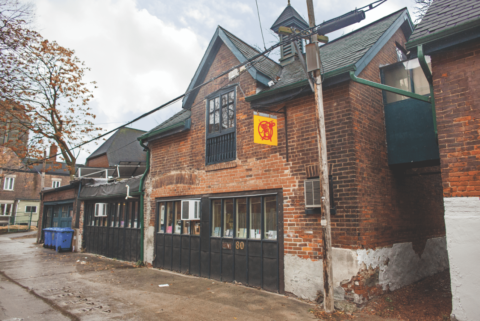
Coach House Press (now Coach House Books) was founded in 1965 by artist Stan Bevington in Toronto and emphasized the publication of boundary-pushing experimental poetry, fiction, and drama. Today, the company continues to be one of the preeminent independent literary publishers in Canada and anyone who has studied Canadian literature at the graduate level in Canada has likely come across one of the company’s chapbooks at their university’s library. That said, the company is arguably most famous for its output during the late-1960s and into the 1970s, where it helped to launch the careers of literary giants such as Margaret Atwood, Michael Ondaatje, Fred Wah, Daphne Marlatt, George Bowering, Nicole Brossard, Gwendolyn MacEwen and bpNichol (whose broader dalliances into the world of comics is a story for another day).
For Canadian comic book collectors, trying to understand Coach House’s output can be frustrating. Nevertheless, Coach House’s comic book output from the late-1960s and early-1970s is significant for two reasons. First, the company published some of the first English language graphic novels in Canada, including Joe Rosenblatt’s Greenbaum in 1972 and three separate graphic novels by Martin Vaughn-James: The Projector (1971), The Park (1972) and The Cage (1975).
Prior to this, Vaughn-James published what is likely the first English language graphic novel in Canada, 1970’s Elephant, through a different publisher, Toronto’s New Press. Vaughn-James had moved to Toronto from England with his wife in 1968 and quickly established himself as a surrealist cartoonist in the monthly Saturday Night magazine. Although Vaughn-James left Canada in 1977 and transitioned to painting by the mid-1980s, he left a significant impact on Canadian cartooning through his four graphic novels and was posthumously inducted into the Doug Wright Awards’ Giants of the North (Canadian Cartoonist Hall of Fame) in 2010. The Cage remains one of the most influential comics published in Canada during the 1970s and is still available through Coach House (with modern editions featuring a forward by Seth).
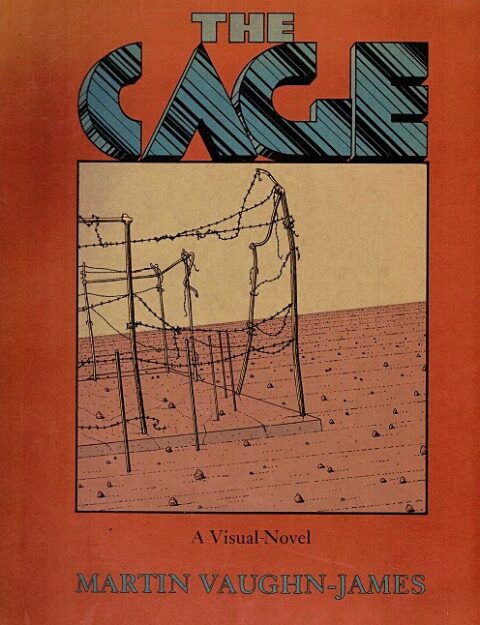
Coach House’s other foray into the world of comics began in 1969 with the publication of the first issue of Snore Comix. The series is perhaps the most bizarre, frustrating and difficult to engage comic book publication of the Canadian Silver Age to the extent that it begs the question as to whether or not individual issues of the series can even be considered comics at all. This follows Coach House’s early emphasis on publishing boundary-pushing texts to a tee. The difficulty in researching the series is compounded by the contributors using pseudonyms, having few (if any) connections to the wider world of comic books (with possibly the exception of bpNichol) and its irregular publishing schedule.
When Dan, Victor and I began our correspondence several years ago, we had one immediate goal: researching Snore Comix. We eventually learned that the series was actually a showcase for some of Canada’s most significant visual artists and concrete poets who were corresponding with each other through the then-popular American mail art and Flexus movements. Mail art is a populist genre that relies on sending artworks through the postal service with the intention of bypassing and critiquing the traditional gallery system. The movement was popularized by American artist Ray Johnson. At the same time, it became a major focus of the early work of the Canadian artist collective General Idea and helped to establish the Vancouver-based collective Image Bank (founded by Michael Morris and Vincent Trasov). General Idea, Trasov and their associates would have significant involvement in Snore Comix.
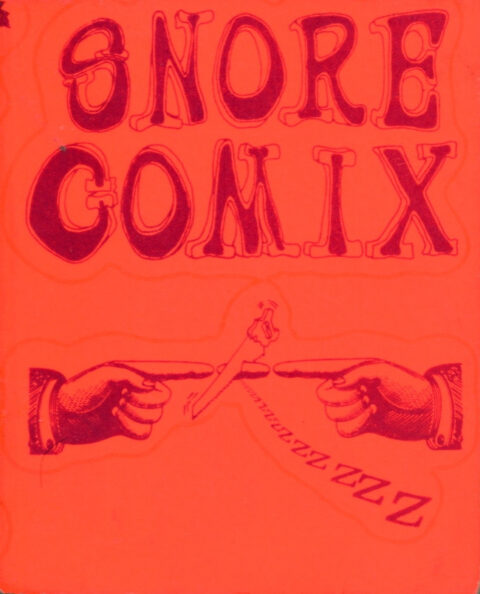
When we started looking into Snore Comix, we had access to copies of issue # 3 (“Bright Things”), as well as all of issue # 2 (a micro-comic that has long been made available on the bpNichol Archive). Both issues include a list of contributors, but many use difficult to research pseudonyms, such as “Anonymouse,” “Becka,” “Jerry 000,” “Suomynona” (which is “anonymous” spelled backwards), “Ace Space,” “Art Rat,” “Dr. Brute,” and so on. The issues also list numerous identifiable names, such as Greg Curnoe, Michael Tims, (who would later take the pseudonym “AA Bronson” as a member of General Idea), “George Zaia” (pseudonym of “Jorge Zontal,” which is also a pseudonym for Slobodan Saia-Levy, another member of General Idea), Victor Coleman, Peter Daglish…the list goes on and on and for us, this led to a great deal of confusion.
Initially, we were able to identify the involvement of bpNichol and the members of General Idea (AA Bronson, Jorge Zontal and Felix Partz), as well as famed poet Victor Coleman and painter Greg Curnoe (who had previously been involved in another comic book called Heart of London). Unfortunately, we were unable to contact surviving creators at the time and many were already deceased. bpNichol had died in 1988, Curnoe died as the result of a tragic bicycle accident in 1992, Partz and Zontal had both died in 1994 from AIDS-related illnesses, and Daglish died just as we identified him.
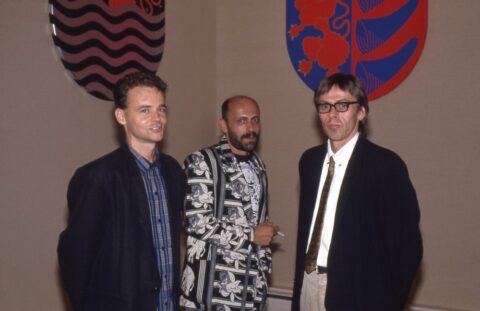
Fortunately, Coach House had a knack for convincing Canadian university libraries to invest in its publications during its early years and I learned that Dalhousie University had the first two issues of the series in its archives. I scheduled an appointment and went to look at the comics in person. The first issue was not really a comic at all, but a series of unbound images on white paper included in a printed folder. The work was created by someone calling himself “Jerry ofO” and was subtitled “Huh.” Huh?
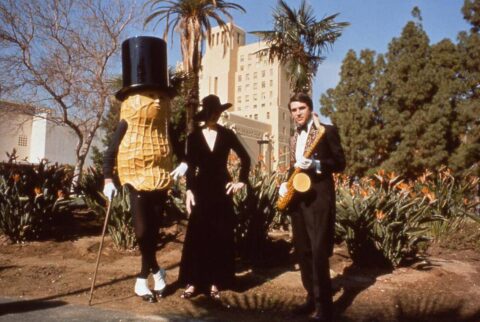
Dan, Victor, and I started asking our various contacts if they knew anything about any of this. We soon learned of a potential fourth issue in the series by Vincent Trasov dubbed the “Mr. Peanut Flipbook,” but we were unable to verify its existence at first. Later, when Dan made contact with Mr. Trasov, we learned that the Mr. Peanut Flipbook did indeed exist and he was willing to send us copies for our research, but he couldn’t remember if the flipbook was part of Snore Comix or not. It turns out he was quite busy running for mayor of Vancouver dressed as Mr. Peanut back then with his pals Dr. Brute and Lady Brute following him around dressed in leopard print and playing fake saxophones that were actually kazoos. The flipbook was just a small part of this publicity stunt.
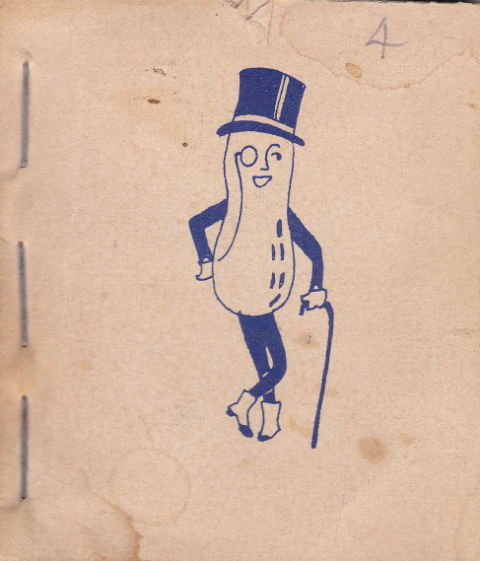
If nothing else, learning about Dr. Brute (real name Eric Metcalfe) and Lady Brute (real name Kate Craig) helped to flesh things out. The Brutes were among the most established visual artists in Vancouver during the 1970s, were involved in the mail art movement and helped to establish the famed art collective, Western Front Society, in Vancouver in 1973 with Michael Morris, Vincent Trasov and several others. Dr. Brute had contributed to Snore Comix # 3 and in addition to participating with Trasov’s mayoralty campaign, developed the world of Brutopia with Lady Brute and experimented with the use of leopard prints in their work (what they called “Leopard Reality”). Again, we were unable to contact Dr. Brute and learned that lady Brute had died in 2002.
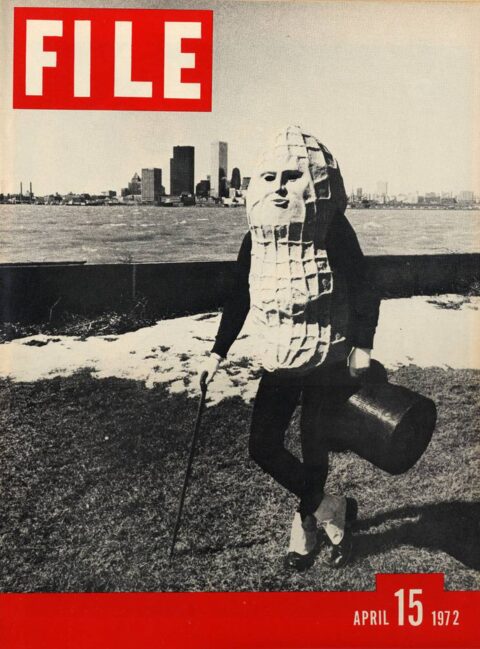
Despite gaining access to the first two issues of Snore Comix, acquiring copies of the third issue (“Bright Space”) and learning that the “Mr. Peanut Flipbook” was likely the fourth issue of the series, our research made little headway for several months. Learning about the connections with General Idea and Vincent Trasov led us down various rabbit holes and dead ends, so we soon turned our attention towards other mysteries of the Canadian Silver Age, such as Brain Sugar and the identity of Lord Larry.
Then, one day in early 2017, Dan made contact with a person involved with Coach House and Snore Comix who was able to fill in the blanks. Next month, I will present the information that Dan’s contact provided us in detail.

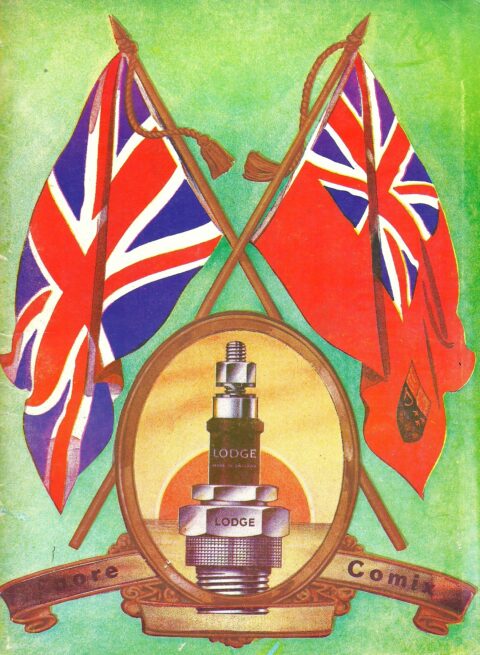
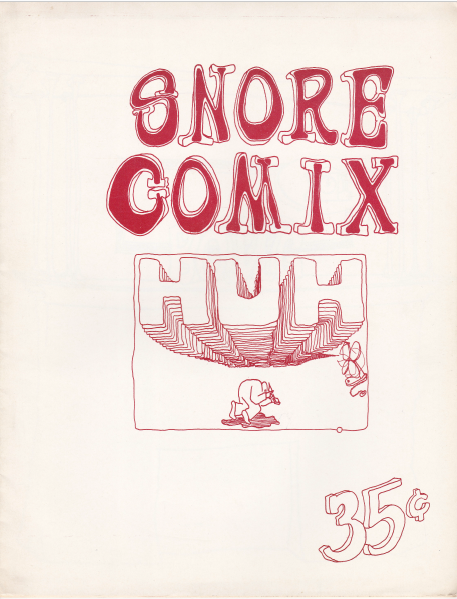
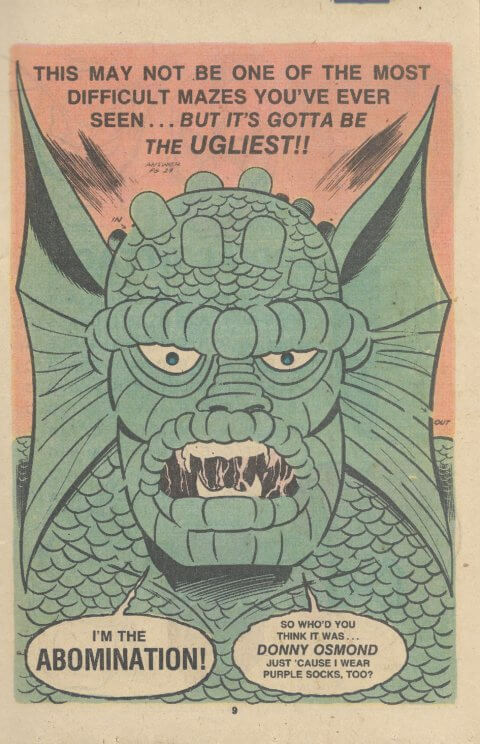
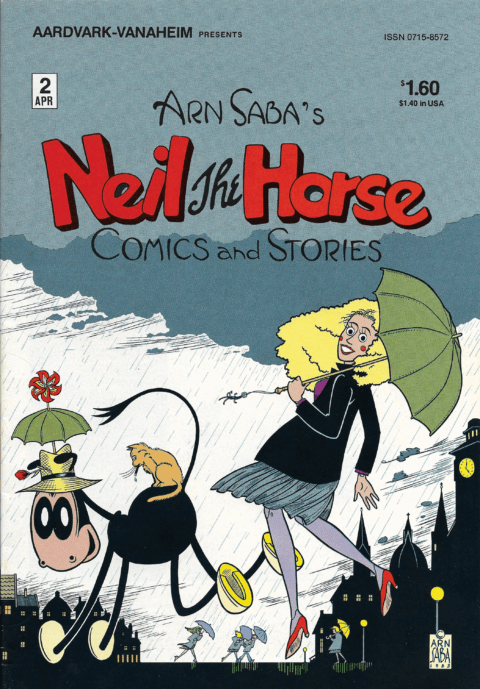
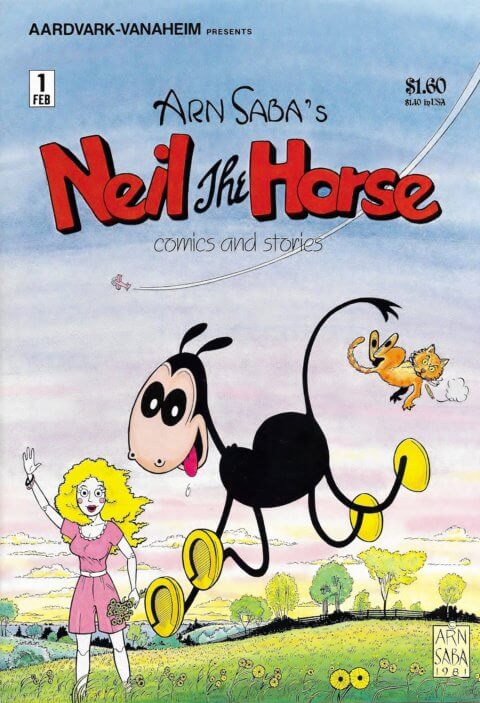
Happy Thanksgiving back at you Brian !!! I await the next chapter
Dear brian, this Jean-Sebastien Guy from Dalhousie. Long time no see! I would like to send you a document, but I don’t have your email address. You would be so kind as to contact me please. Thanks.